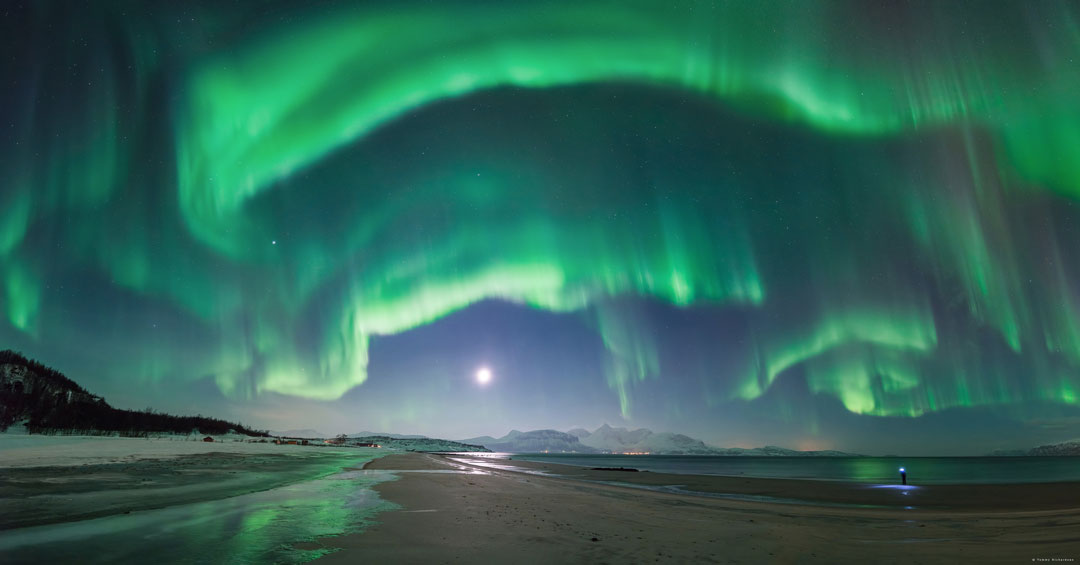Dates: May 15, 16, 17
Time: 9:00 - 10:30 PM (4 hours and 30 minutes)
Location: Sarasota, FL
Sky conditions: Mostly clear
Instruments used: binoculars and Sky Map app
Bright stars and objects noted: Alphard, M44, Spica, Regulus, Gamma Leonis
Constellations noted: Hydra, Cancer, Virgo, Leo
Monday, May 18, 2015
Friday, May 15, 2015
APOD 4.8
The Horsehead Nebula is 1,500 light years away in the Orion cloud complex. It's an interstellar dust cloud sculpted by winds and radiation. It is cataloged as Barnard 33 and can only be seen as it is against the red glow of emission nebula IC 434. The shape of the nebula is really cool.
Sunday, May 10, 2015
Observation Post
Date: May 8, 2015
Time: 8:30-10:30 PM
Location: Sarasota, FL
Sky Conditions: Mostly clear
Instruments Used: Binoculars and Sky Map app
Bright Stars noted: Regulus, Gamma Leonis, Castor, Pollux, Alphard, Arcturus
Constellations noted: Leo, Leo Minor, Gemini, Bootes, Hydra
Time: 8:30-10:30 PM
Location: Sarasota, FL
Sky Conditions: Mostly clear
Instruments Used: Binoculars and Sky Map app
Bright Stars noted: Regulus, Gamma Leonis, Castor, Pollux, Alphard, Arcturus
Constellations noted: Leo, Leo Minor, Gemini, Bootes, Hydra
Friday, May 8, 2015
APOD 4.7
An Unexpected Aurora Over Norway: http://apod.nasa.gov/apod/ap150504.html
On February 8, 2014 this photo was taken in Norway. Despite being on a trip to photograph auroras, the skies had been disappointing. They started to pack up to leave, when suddenly a huge aurora ignited throughout the sky. The auroral flare only lasted a few minutes, but it was spectacular. I like how the moon can be seen in the center of the photo.
Sunday, May 3, 2015
Observation Post
Date: May 1, 2015
Time: 9:00 PM - 11:00 PM
Sky conditions: Some clouds
Instruments used: binoculars and Sky Map app
Bright Stars and Objects noted: Regulus, Gamma Leonis, Alphard, Castor, Pollux
Constellations noted: Leo, Gemini, Leo Minor, Hydra
Time: 9:00 PM - 11:00 PM
Sky conditions: Some clouds
Instruments used: binoculars and Sky Map app
Bright Stars and Objects noted: Regulus, Gamma Leonis, Alphard, Castor, Pollux
Constellations noted: Leo, Gemini, Leo Minor, Hydra
Friday, May 1, 2015
APOD 4.6
Comet Churyumov Gerasimenko in Crescent: http://apod.nasa.gov/apod/ap150429.html
As the 3-km wide comet is moving closer to the sun, the heat is causing the nucleus to expel gas and dust. Last July the Rosetta spacecraft arrived and is now orbiting the Sun with the giant iceberg. The Rosetta spacecraft has indicated that the water coming from the comet is unlike the water on Earth, which means water could not have originated from ancient collisions with comets like 67P. A magnetic field has not been detected around the comet, which indicates that magnetism could have been unimportant to the evolution of the Solar System at first.
As the 3-km wide comet is moving closer to the sun, the heat is causing the nucleus to expel gas and dust. Last July the Rosetta spacecraft arrived and is now orbiting the Sun with the giant iceberg. The Rosetta spacecraft has indicated that the water coming from the comet is unlike the water on Earth, which means water could not have originated from ancient collisions with comets like 67P. A magnetic field has not been detected around the comet, which indicates that magnetism could have been unimportant to the evolution of the Solar System at first.
Subscribe to:
Comments (Atom)


